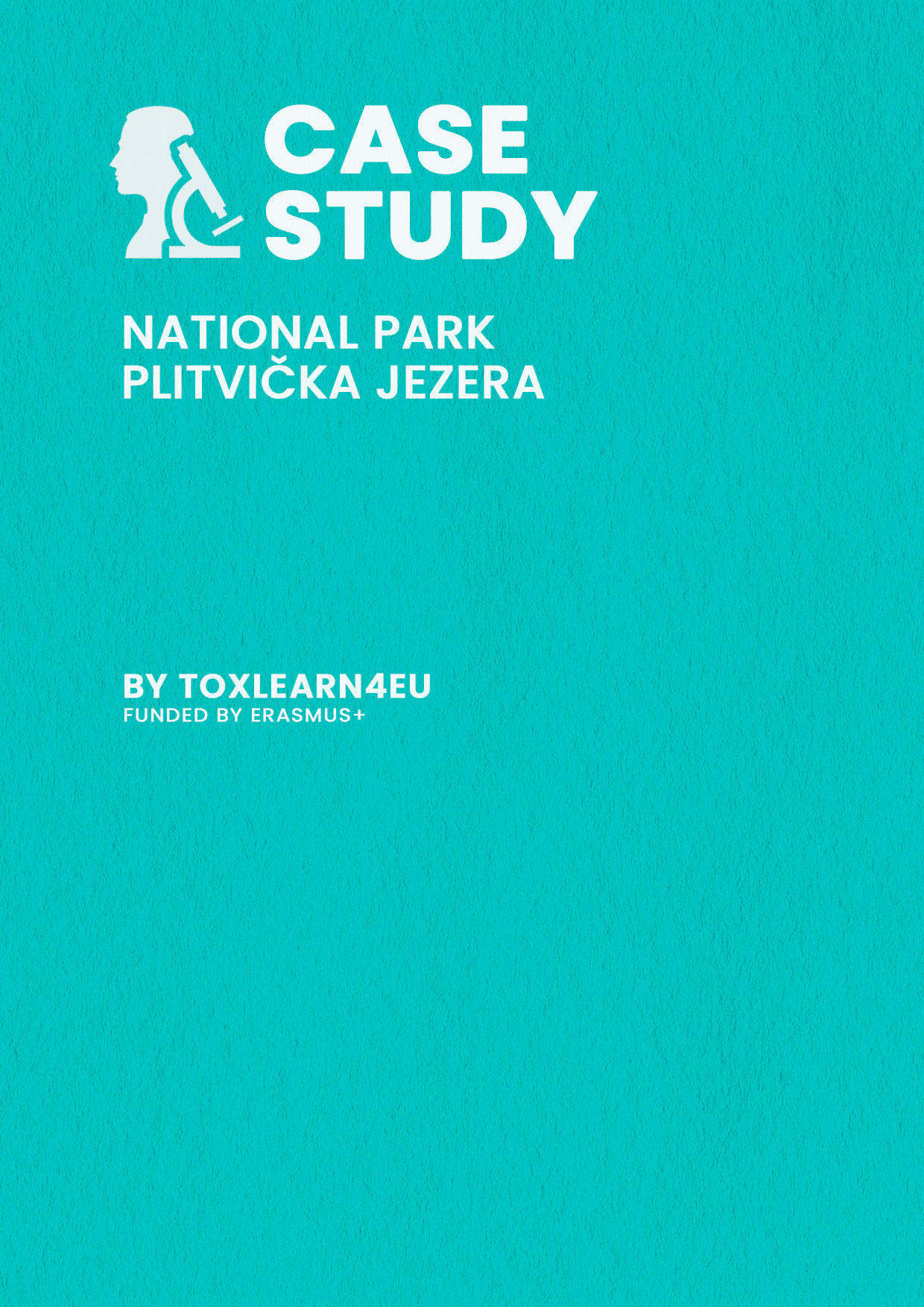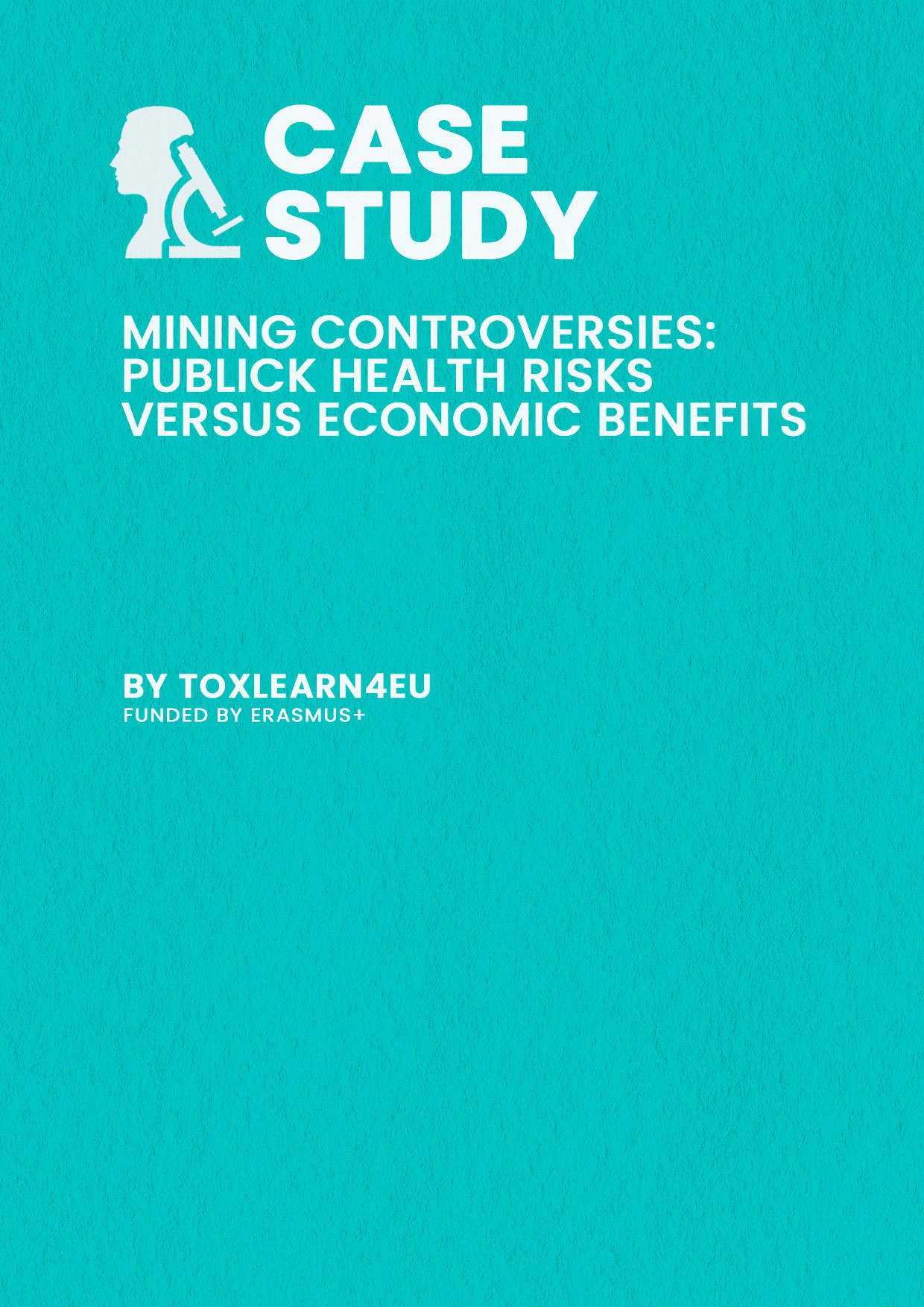NEW APPROACHES, METHODOLOGIES AND MODELS
Case Studies
National Park Plitvička jezera
This 2 ECTS problem-based learning (PBL) scenario challenges students to evaluate and protect the environmental integrity of Plitvička jezera, Croatia’s oldest national park and Europe’s earliest UNESCO World Natural Heritage Site. Known for its unique tufa-forming lakes and sensitive karst ecosystem, the park faces increasing pressure from mass tourism, urban development, and agricultural expansion.
UNESCO has raised concerns about:
- The environmental impact of rising tourist numbers;
- Uncontrolled construction of accommodation and infrastructure;
- Water contamination and air pollution.
Students are divided into three stakeholder groups:
- Research Institute: tasked with drafting a scientific report that assesses the park’s current environmental status.
- Government: responsible for preparing a regulatory rulebook proposing actionable measures to mitigate environmental degradation and maintain the park’s UNESCO designation.
- UNESCO Committee: develops a checklist to evaluate whether the other two groups meet the necessary conservation criteria.
A Budgeted, Role-Playing Simulation
To achieve their goals, each group receives a fictional budget of 1,000 TOXcash and selects environmental datasets from a simulated monitoring database. Data categories include:
- Radionuclides
- Persistent Organic Pollutants (POPs)
- Air pollution (PM and PAHs)
- Heavy metals
- Microbiological and chemical water quality
- Genotoxicity assays
Students must prioritize their spending, select sampling sites and matrices (e.g., moss, fish, water, sediment), interpret results, and cross-reference with scientific literature. They are encouraged to collaborate, strategize, and communicate creatively—through presentations, roleplay, and debates—to justify their proposals.
Learning Outcomes: after completing this case, students will be able to:
- Apply environmental risk assessment methods in a multidisciplinary context;
- Evaluate and integrate data from multiple sources and analytical methods;
- Develop practical conservation strategies under resource constraints;
- Collaborate effectively within stakeholder groups;
- Communicate findings to both scientific and policy-making audiences;
- Understand the interplay between ecological fragility and human activity in protected areas.
This case is ideally suited for students in environmental science, toxicology, ecology, and sustainability-related disciplines.
Download complementary files:
(*) This file is for use by tutors/teachers and is password protected. If you are a tutor/teacher interested in using this case study, please contact us to get the password.
Mining Controversies: Public Health Risks versus Economic Benefits
This interdisciplinary PBL case explores a pressing real-world dilemma: the trade-off between public health protection and economic development in the context of mining activities. Set in the fictional village of OreValley, the scenario simulates a community debate around the renewal of a century-old mining license, based on new evidence of environmental contamination and potential health risks.
Following a controversial news report and leaked environmental data from an activist group, conflicting narratives begin to circulate. Students are placed in the roles of key stakeholders, preparing for a municipal assembly debate to assess whether the mine should continue its operations or be shut down.
Stakeholder groups:
- Local Community
- Mining Company
- Insurance Companies / Mining Workers’ Union
- Environmental Activists
Each group receives access to fictional but realistic datasets on:
- Environmental contamination (soil, water, vegetables, dust)
- Human biomonitoring (metals in hair, nails, blood, urine)
- Surface water quality and chemical composition
- Economic impact reports detailing job creation and infrastructure investments
Students must:
- Analyse the data and identify key environmental and health risks;
- Evaluate the socioeconomic importance of mining for the community;
- Develop stakeholder-specific arguments and prepare a formal presentation;
- Participate in a moderated structured debate, presenting evidence-based positions and counterarguments;
- Reflect critically on policy gaps, risk communication strategies, and sustainable alternatives.
Learning outcomes:
- Interpret environmental and biological monitoring data;
- Assess health risks associated with heavy metal exposure;
- Understand the socioeconomic dimensions of environmental risk management;
- Practice teamwork, stakeholder negotiation, and science communication;
- Apply toxicology, ecotoxicology, and public health concepts to a complex societal challenge.
This 5-day PBL activity (6–7 hours/day) integrates scientific reasoning, ethical considerations, and policy-making, making it ideal for students in toxicology, environmental sciences, public health, and sustainability-related disciplines. It can be adapted for classroom, online, or interdisciplinary summer school settings.
Developed within the ToxLearn4EU Erasmus+ project, this case offers a rich, data-driven opportunity to experience how science informs—and is shaped by—societal decision-making.


